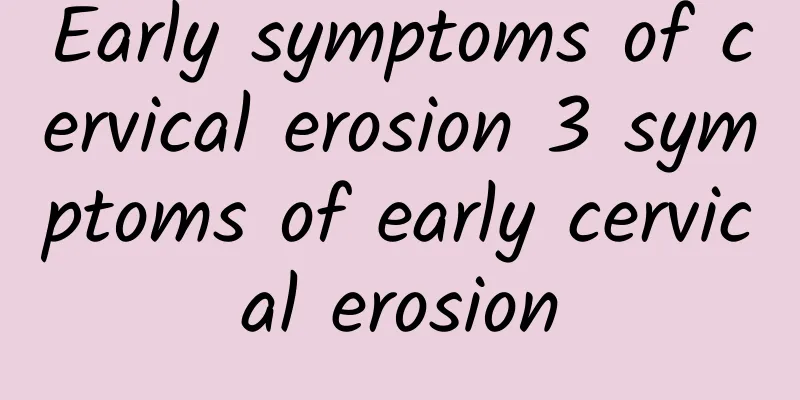Chemotherapy for ectopic pregnancy

|
Chemotherapy for ectopic pregnancy is a new minimally invasive surgery. The treatment method is to insert a catheter through the femoral artery in the thigh, find the site of ectopic pregnancy through the catheter, and then inject a small dose of chemotherapy drugs to achieve the purpose of surgery. Generally, systemic medication is used, and local medication can also be used. Indications Chemotherapy is suitable for young patients with early ectopic pregnancy who want to preserve their fertility. Chemotherapy can be used if the following conditions are met: The diameter of the tubal pregnancy mass is <3cm; the tubal pregnancy has not ruptured or miscarried; there is no obvious internal bleeding; the blood human chorionic gonadotropin (HCG) is <2000U/L. Systemic medication Methotrexate (MTX) is commonly used for systemic medication. The treatment mechanism is to inhibit trophoblast proliferation, destroy villi, and cause embryonic tissue necrosis, shedding, and absorption to avoid surgery. The commonly used dose is 0.4 mg/kg·d, intramuscular injection, and a course of treatment is 5 days. The application of chemotherapy may not be successful in every case, so B-ultrasound and HCG should be used for close monitoring during treatment, and attention should be paid to changes in the patient's condition and the toxic and side effects of the drug. If HCG decreases 14 days after medication and is negative for 3 consecutive times, abdominal pain is relieved or disappears, and vaginal bleeding is reduced or stopped, it is considered to be effective. If the condition does not improve, or even acute abdominal pain or fallopian tube rupture symptoms occur, surgical treatment should be performed immediately. Topical medications For local medication, the drug can be directly injected into the gestational sac of the fallopian tube by puncture under the guidance of B-type ultrasound, or the gestational sac of the fallopian tube can be punctured under direct laparoscopic vision, and the drug can be injected into it after some of the cystic fluid is sucked out. Currently, the commonly used drug is still MTX. |
<<: 2 Dietary Guidelines for Patients with Irregular Menstruation
>>: Treatment of Haemophilus vaginitis
Recommend
How to treat menopausal uterine fibroids? What are the traditional Chinese medicine treatments for uterine fibroids?
Menopausal uterine fibroids are a high-incidence ...
Is obesity caused by intestinal bacteria? Weight loss doctor: Do this to get back to slim shape~
When it comes to maintaining good intestinal bact...
Can drinking lemon water help you lose weight? Can lemon water cause kidney stones? Debunking 9 myths and doubts at once
Lemon water is like a beauty "magic water&qu...
What are the symptoms of pelvic effusion?
What are the symptoms of pelvic effusion? Pelvic ...
Unhealthy sexual habits may lead to pelvic inflammatory disease
As a common gynecological inflammation, the cause...
Is it premature ovarian failure if the menstruation stops after three days?
The disappearance of menstruation after three day...
What medicine should I take for osteoporosis and joint pain after menopause
The most common symptom of postmenopausal osteopo...
What are the common symptoms of vaginitis
Vaginitis, or inflammation of the vagina, is a gr...
What are the symptoms of uterine fibroids? Can uterine fibroids lead to endometrial cancer?
If uterine fibroids develop to a certain extent, ...
Expert answer: What is painless abortion?
Many people ask what painless abortion is. We ask...
How to prevent ovarian cysts
How to prevent ovarian cysts? Ovarian cysts are a...
Are you a "puff person" with high body fat? Nutritionist Zhang Peirong: Don’t commit these five dangerous behaviors when losing body fat
Many people go hungry, eat less, and exercise har...
Key points for prevention of pelvic peritonitis
Pelvic peritonitis requires treatment options bas...
What are the symptoms of posterior uterine wall adenomyosis? Is posterior uterine wall adenomyosis serious?
What are the symptoms of posterior uterine wall a...
Vaginitis can be divided into four common types
Vaginitis can be divided into four common types, ...









